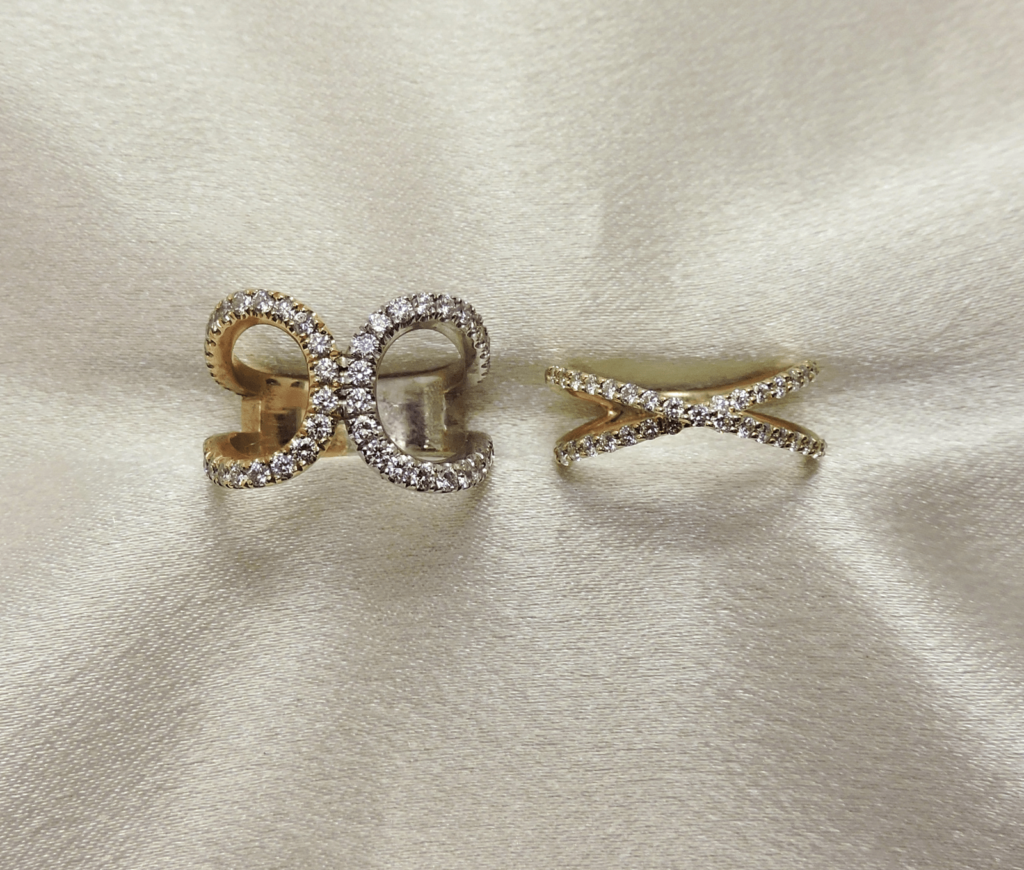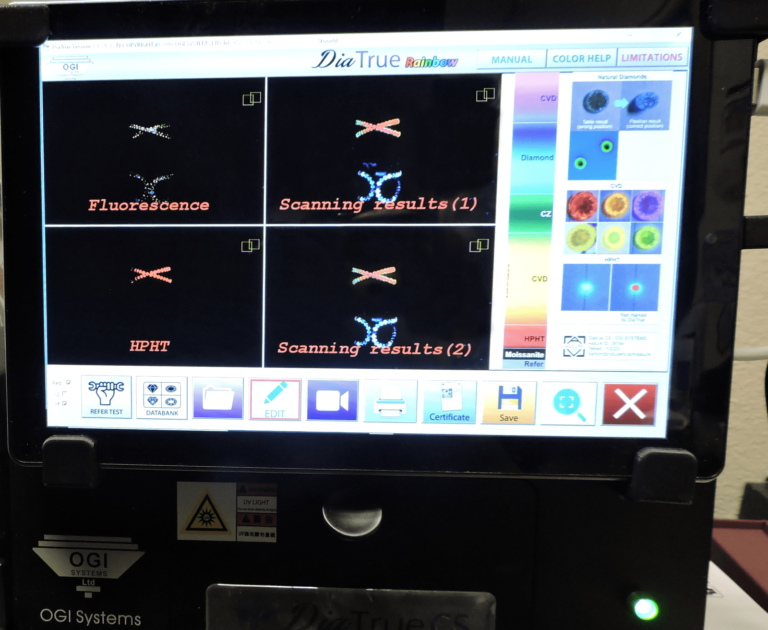The jewelry industry has undergone a significant transformation in recent years with the emergence of lab-grown diamonds. These man-made gems offer an ethical and sustainable alternative to their naturally mined counterparts. However, as lab-grown diamonds gain popularity, it is important to understand the differences between natural and lab-grown diamonds and the certifications available for the latter.
Origins and Formation:
Natural diamonds are formed deep within the Earth’s mantle over millions of years under immense heat and pressure. They are then brought to the Earth’s surface through volcanic eruptions. On the other hand, lab-grown diamonds are created in controlled laboratory environments that simulate the natural diamond formation process. High-pressure, high-temperature (HPHT) and chemical vapor deposition (CVD) methods are used to grow these diamonds by replicating the conditions found in the Earth’s mantle.
Physical and Chemical Properties:
Both natural and lab-grown diamonds share the same chemical composition: pure carbon. This similarity allows lab-grown diamonds to possess identical physical properties to natural diamonds. They exhibit the same brilliance, hardness (10 on the Mohs scale), and optical qualities that make diamonds so desirable.


Revolution Jewelry Works uses DiaTrue CS to distinguish lab-grown diamonds from natural diamonds. It utilizes advanced spectroscopy techniques to analyze the gemstone’s unique absorption and reflection patterns, allowing gemologists and jewelers to determine its authenticity and origin. The benefits of using such a system include accurate and efficient identification, protection against counterfeit gemstones, and assurance for consumers and the gemstone industry.
Ethical and Environmental Considerations:
One of the primary differences between natural and lab-grown diamonds lies in their ethical and environmental implications. Natural diamond mining can have devastating effects on ecosystems and local communities, often associated with human rights abuses and environmental degradation. Lab-grown diamonds, however, have a significantly smaller environmental footprint since they require fewer resources and have minimal impact on ecosystems.
Cost and Affordability:
Historically, natural diamonds have carried a hefty price tag due to their limited supply and high demand. Lab-grown diamonds, on the other hand, offer a more affordable option without compromising on quality. The cost of lab-grown diamonds is generally 30-40% lower than their natural counterparts of similar quality and size, making them an attractive option for budget-conscious consumers.
Certifications for Lab-Grown Diamonds:
To establish trust and transparency in the market, various certification organizations have emerged to authenticate and grade lab-grown diamonds. Here are some prominent certifications available for lab-grown diamonds:
- International Gemological Institute (IGI): The IGI is a leading gemological laboratory that provides certification for lab-grown diamonds. Their reports offer a detailed analysis of the diamond’s quality, including the 4Cs (carat weight, color, clarity, and cut). These certificates are globally recognized and provide assurance to consumers.
- Gem Certification and Assurance Lab (GCAL): GCAL is another reputable certification authority for lab-grown diamonds. Their reports provide an in-depth analysis of the diamond’s quality and include laser inscriptions for easy identification. GCAL also offers a lifetime warranty on its grading, ensuring peace of mind for consumers.
- Gemological Institute of America (GIA): Although primarily known for grading natural diamonds, the GIA has also expanded its services to include lab-grown diamonds. GIA reports for lab-grown diamonds provide comprehensive information about the diamond’s characteristics, ensuring transparency and credibility.
Lab-grown diamonds have emerged as a sustainable and ethical alternative to natural diamonds. While they possess the same physical and chemical properties as natural diamonds, lab-grown diamonds are created in controlled laboratory environments, significantly reducing their environmental impact. Moreover, certifications from reputable organizations like IGI, GCAL, and GIA assure consumers of the authenticity and quality of lab-grown diamonds.
As consumer awareness and demand for ethical and sustainable products continue to rise, lab-grown diamonds are poised to become a prominent choice in the jewelry industry. With their affordability, indistinguishable beauty, and positive environmental impact it is only natural lab-grown diamonds will continue to grow in popularity and become the preferred choice for custom-made jewelry.
Top 3 Questions About Lab-Grown Diamonds
Lab-grown diamonds, also known as synthetic or man-made diamonds, are diamonds created in a laboratory rather than formed naturally in the earth. They have the same chemical composition, crystal structure, and physical properties as natural diamonds. Using advanced technological processes, scientists replicate the high-pressure, high-temperature conditions that occur naturally, resulting in diamonds that are virtually indistinguishable from mined ones.
Yes, lab-grown diamonds are real diamonds. They are composed of the same carbon atoms arranged in a crystal structure, just like natural diamonds. The primary difference lies in their origin: lab-grown diamonds are created in controlled environments, whereas natural diamonds are formed over millions of years beneath the earth’s surface. Lab-grown diamonds exhibit the same optical and physical properties, making them just as brilliant and durable as their natural counterparts.
Lab-grown diamonds are typically less expensive than natural diamonds of comparable size and quality. This price difference is due to the shorter and more efficient production process, as well as the lack of mining-related costs. On average, lab-grown diamonds can cost 40-60% less than natural diamonds. However, their value in the resale market is also be lower. Despite the cost difference, lab-grown diamonds offer an affordable and ethically sourced alternative for those looking for high-quality diamonds.